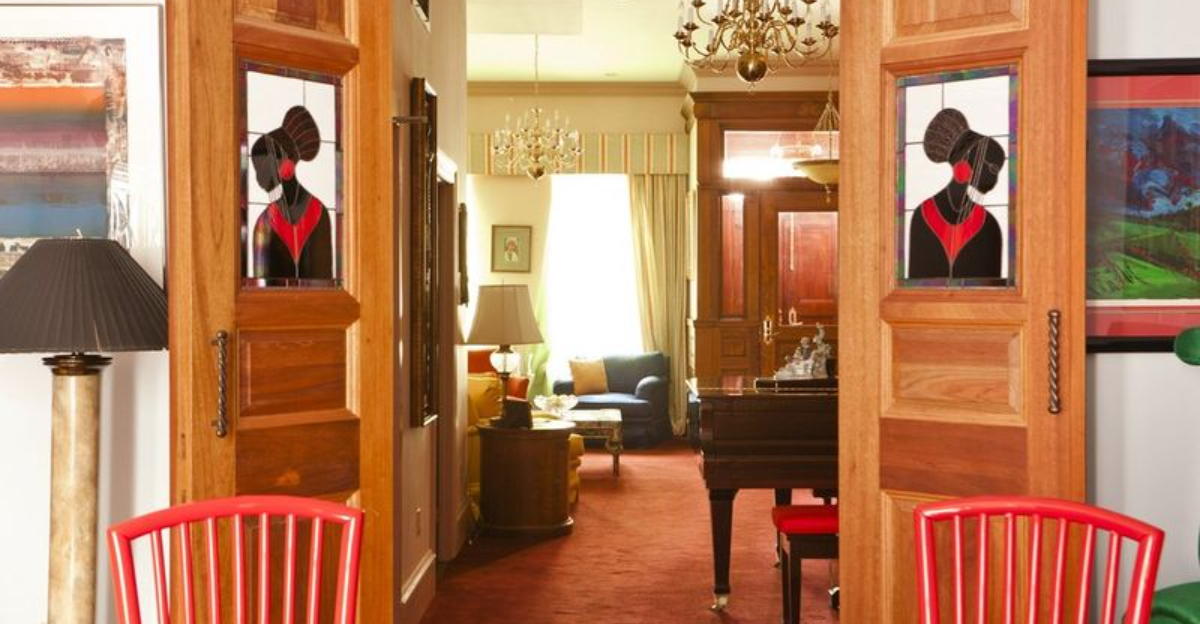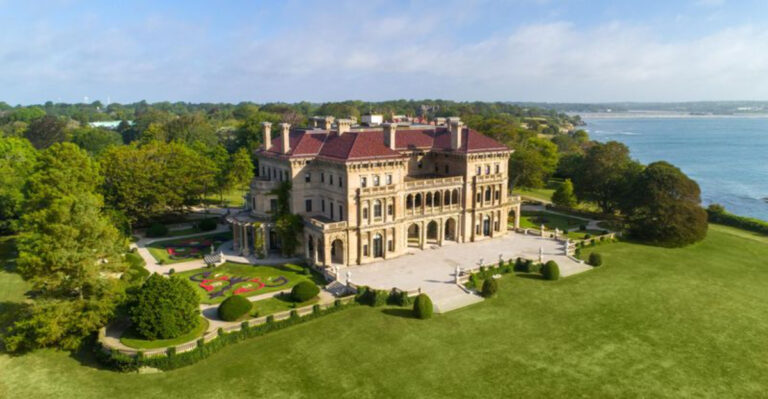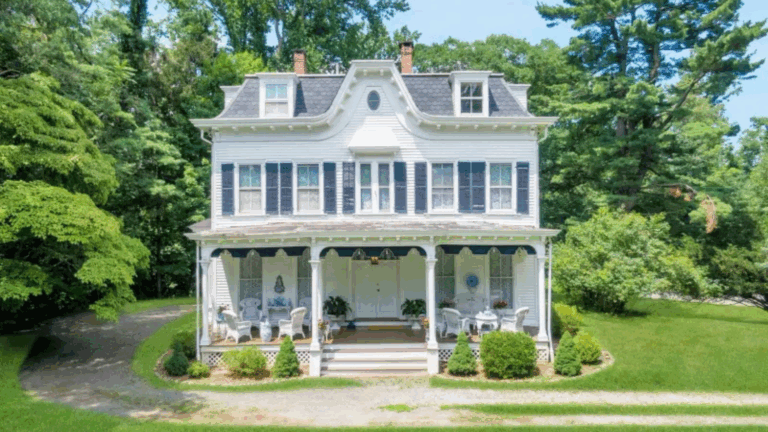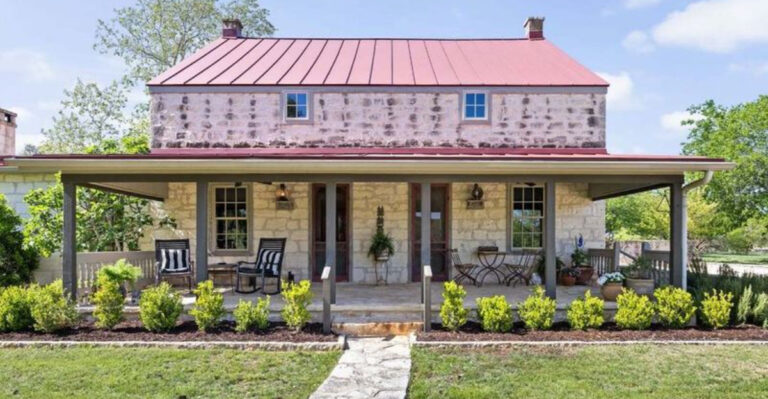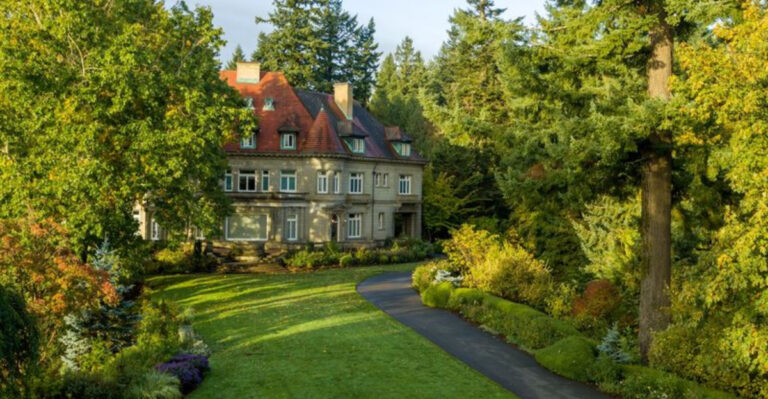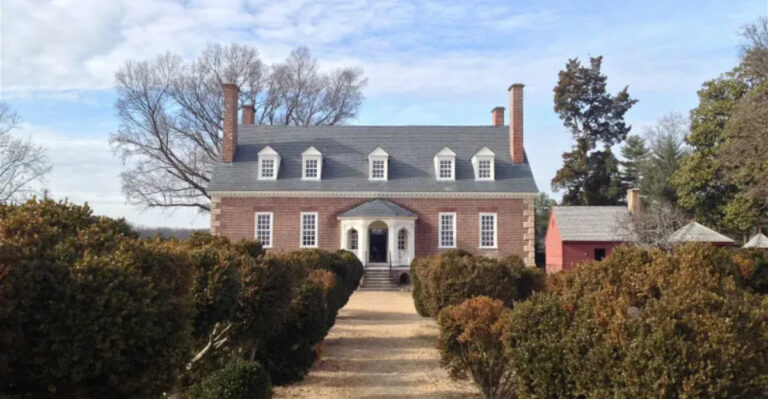Inside 15 Homes of Black History Legends, Where Greatness Lived
Behind every movement, speech, and cultural milestone stands a place someone called home. The walls that sheltered Black history-makers witnessed late-night writing sessions, family gatherings, and moments of both struggle and triumph.
These sanctuaries—from modest apartments to grand estates—tell stories just as powerful as their famous residents.
1. Maya Angelou’s Harlem Brownstone
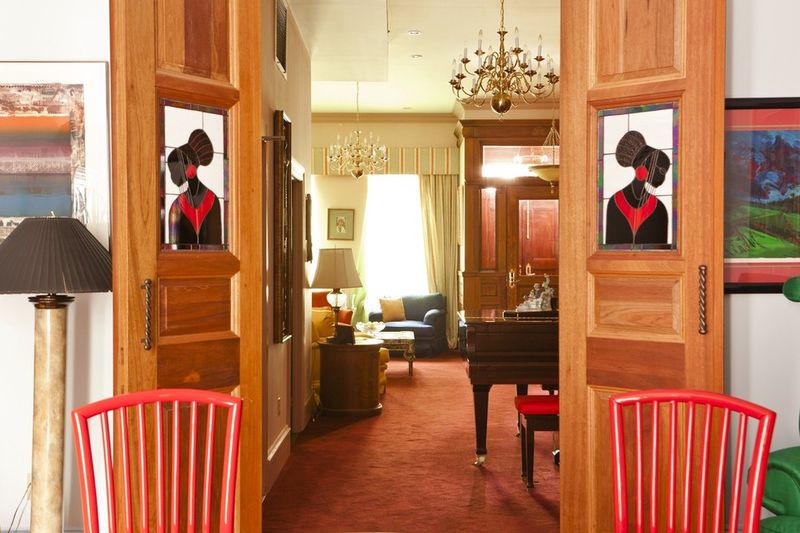
Tucked away on West 120th Street, Angelou’s brick brownstone vibrated with poetry and purpose during the 1950s. Sunlight spilled across hardwood floors where literary giants gathered, debating art and activism over bourbon.
The narrow staircase led to her writing nook—a simple desk facing the window where “I Know Why the Caged Bird Sings” first took flight in her imagination. Neighbors recall hearing her melodic voice practicing lines until dawn.
2. Frederick Douglass’s Cedar Hill

A majestic Victorian mansion crowns a hill in Washington D.C.’s Anacostia neighborhood. From his east-facing study window, Douglass watched sunrises over the capital city he fought to reform.
The library—lined with 1,200 volumes—reflects a mind never satisfied. His carved walnut desk, scarred with ink stains, silently testifies to countless hours drafting speeches and correspondence that shook America’s conscience. Here, an enslaved man who taught himself to read built a literary fortress.
3. Louis Armstrong’s Corona Cottage

Behind a modest brick façade in Queens, Satchmo’s blue kitchen exploded with color and life. The turquoise cabinets and custom-built sound system reflect the joyful innovation he brought to jazz.
Armstrong and wife Lucille hosted legendary jam sessions in their living room, where gold records hang beside family photos. The most telling detail? His home recording setup, where he captured hours of private trumpet practice and candid conversations—preserving his unfiltered voice for future generations.
4. Madame C.J. Walker’s Villa Lewaro

Rising like a dream above the Hudson River, America’s first female self-made millionaire built a 34-room mansion that screamed success. The Italian Renaissance revival estate featured marble floors where Walker’s hair-care empire was celebrated with lavish gatherings of Black intellectuals.
Most striking was her custom-designed beauty laboratory—a room where products were developed that would liberate Black women economically. The grand staircase, where she once posed for iconic photographs, remains a symbol of audacious achievement.
5. Malcolm X’s Modest Queens Home
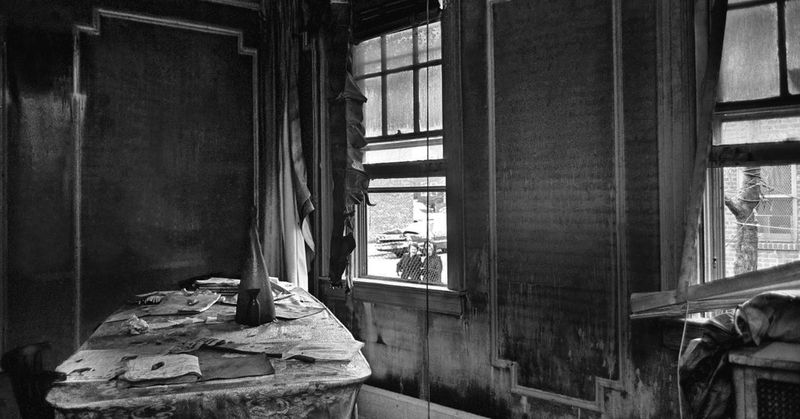
A humble brick house on 97th Street in East Elmhurst held America’s most electric voice for Black liberation. The living room’s bay window overlooked a quiet street—a stark contrast to the revolutionary ideas developing inside.
Bullet holes still marked the walls after a 1965 firebombing—physical scars of the danger Malcolm lived with daily. The kitchen table, where he broke bread with family, doubled as a strategy center for the Organization of Afro-American Unity until his assassination just weeks after the attack.
6. Zora Neale Hurston’s Florida Cottage
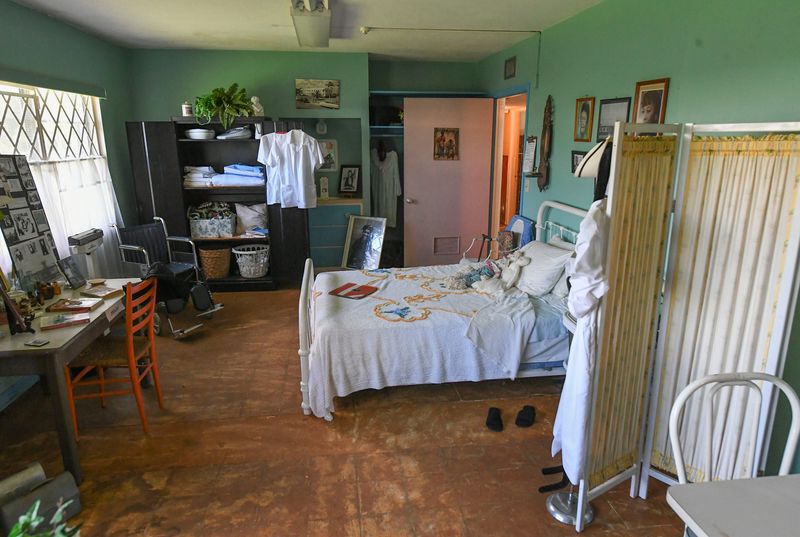
Spanish moss draped over the tin roof of Hurston’s Fort Pierce cottage—a writer’s sanctuary painted the color of Florida sky. The front porch rocking chair faced orange groves, where she’d sit sipping lemonade while collecting local folklore.
Her writing desk—positioned to catch the Gulf breeze—held manuscripts exploring Black Southern life with unmatched authenticity. Though she died in poverty, this modest home nurtured masterpieces like “Their Eyes Were Watching God” and preserved the rich oral traditions of her beloved Eatonville community.
7. Duke Ellington’s Sugar Hill Apartment

Perched nine stories above Harlem’s Edgecombe Avenue, Ellington’s corner apartment commanded views of the neighborhood that fueled his genius. The living room’s baby grand piano—positioned perfectly beneath art deco windows—witnessed the birth of swing-era classics.
Gold brocade curtains framed the city lights that inspired “Take the A Train.” The dining room hosted midnight suppers for musicians after Cotton Club performances. Most nights, neighbors recall hearing melodies drift into the street—compositions taking shape as Manhattan slept.
8. Harriet Tubman’s Freedom Farm
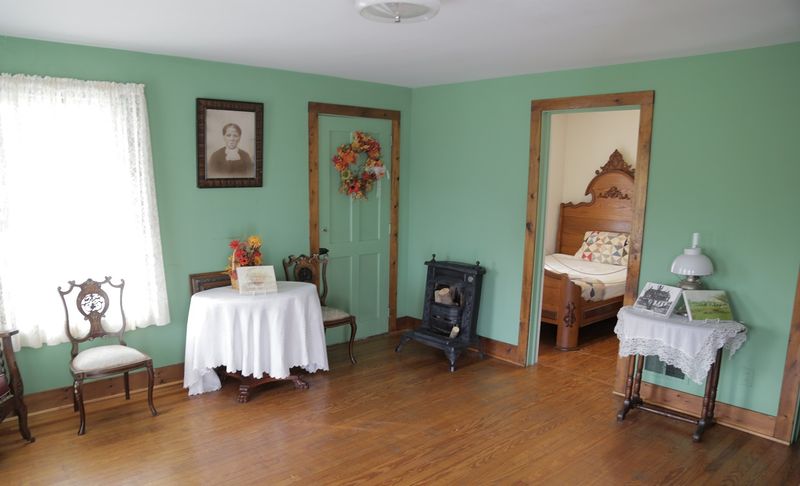
Twenty-five acres of upstate New York farmland represented everything Tubman fought for—independence and community. The white clapboard house in Auburn became both Underground Railroad station and retirement home for formerly enslaved elders.
The brick fireplace—where she hung her famous shawl (gifted by Queen Victoria)—provided warmth during harsh winters. Most sacred was her bedroom window, positioned to watch for slave catchers even decades after emancipation—old habits born of dangerous necessity.
9. James Baldwin’s French Refuge
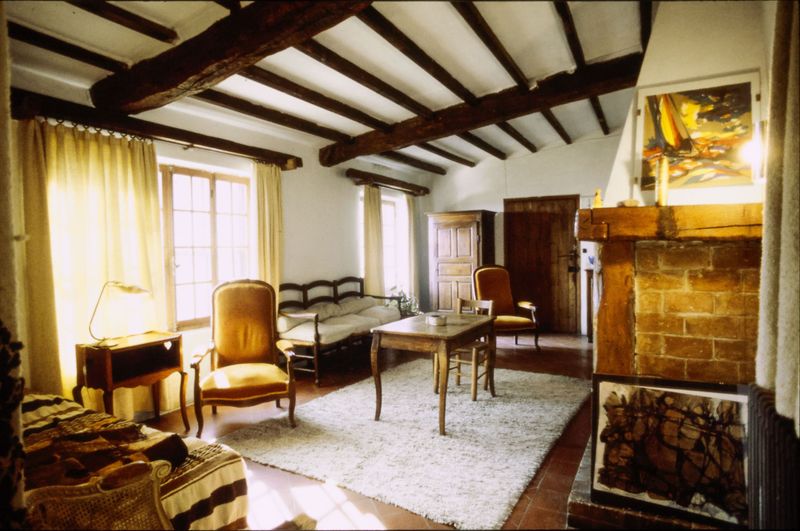
Stone walls and wooden beams framed Baldwin’s sanctuary in Saint-Paul-de-Vence. The south-facing terrace—overlooking Mediterranean hills—hosted heated debates with Nina Simone and Josephine Baker under starlit skies.
His cluttered writing desk faced away from the stunning view—a deliberate choice to focus on America’s painful truths from a distance. The kitchen’s long wooden table witnessed the creation of “If Beale Street Could Talk” amid wine glasses and cigarette ash. France gave him space that America denied, yet his heart never left Harlem.
10. Langston Hughes’s Harlem Hideaway
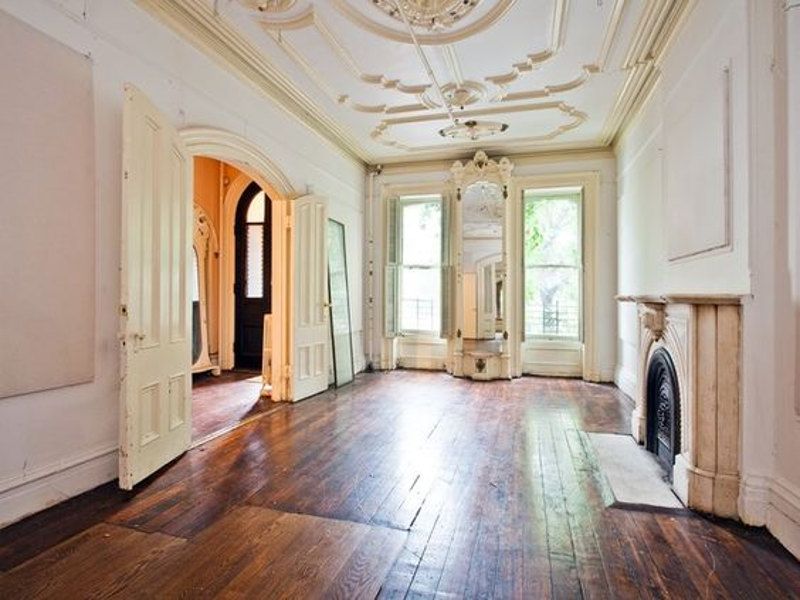
A brownstone basement apartment on East 127th Street became the nerve center of the Harlem Renaissance. Hughes transformed the modest rental into a literary laboratory where jazz rhythms influenced every line he wrote.
His typewriter sat atop a salvaged desk near windows that barely cleared street level—passersby sometimes spotted his silhouette working late into night. The tiny kitchenette hosted impromptu gatherings where young poets received guidance from the master. Rent was often late, but the poems were always on time.
11. Nina Simone’s Mount Vernon Sound Haven
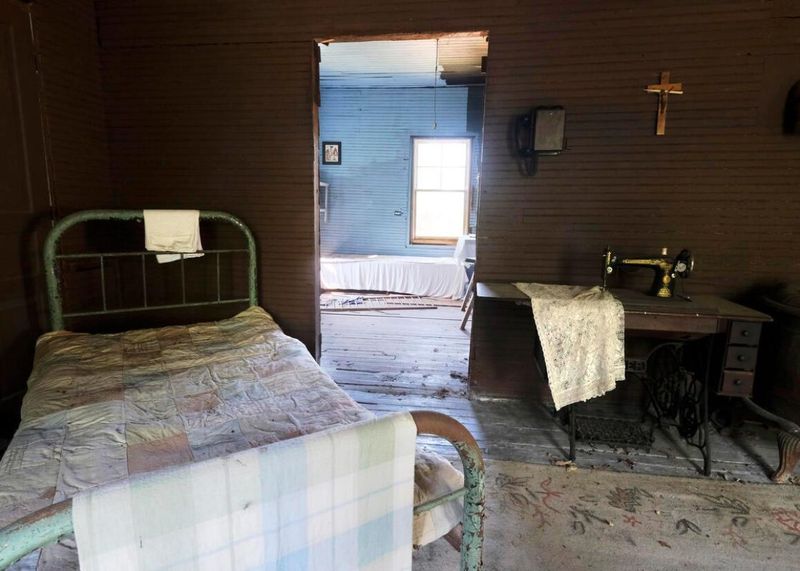
Four thousand square feet of musical innovation hidden behind a colonial facade in New York’s suburbs. The sunken living room—with cathedral ceilings and stone fireplace—housed her prized Steinway where “Mississippi Goddam” first echoed against walnut-paneled walls.
Her bedroom featured custom shelving for hundreds of vinyl records spanning classical to soul. The basement recording studio, acoustically engineered to her specifications, captured raw emotions that defined her sound. Here, the High Priestess of Soul found rare moments of peace between tours fighting for civil rights.
12. W.E.B. Du Bois’s Scholar’s Sanctuary

Victorian elegance met intellectual rigor in Du Bois’s three-story home near Atlanta University. Floor-to-ceiling bookshelves lined his study, where statistical charts mapping racial inequality were pinned beside family photographs.
The formal dining room hosted strategy sessions for the Niagara Movement before it evolved into the NAACP. Most remarkable was his custom library ladder—built to access volumes in multiple languages reflecting his Harvard education. From this quiet residential street, he launched thunderbolts of academic activism that still resonate through American universities.
13. Billie Holiday’s Upper Manhattan Apartment
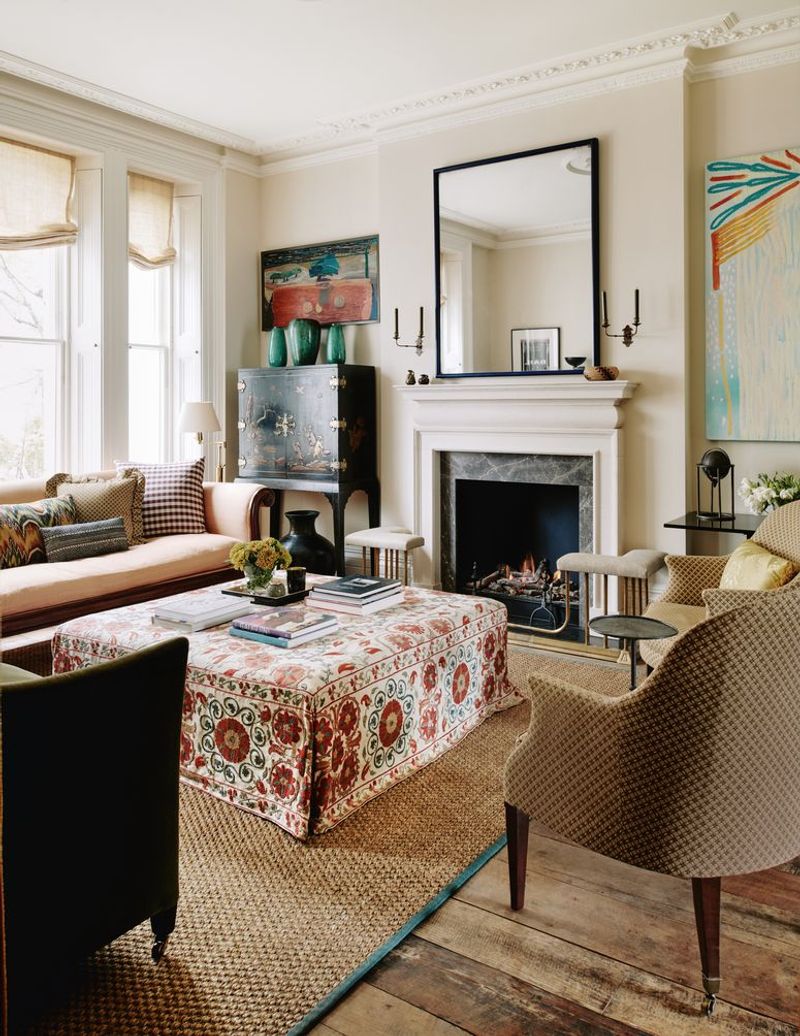
Seventh-floor views of the Hudson River provided rare tranquility for Lady Day between grueling tours. The Art Deco building’s curved windows illuminated a space where jazz royalty gathered after hours—her living room sofas often holding Dizzy Gillespie and Count Basie until dawn.
Her bedroom vanity—crowded with stage makeup and signature gardenias—faced a mirror that reflected both glamour and pain. The record player rarely stopped spinning, neighbors recall. This sanctuary witnessed the creation of “Strange Fruit”—the anti-lynching ballad that changed American music forever.
14. Martin Luther King Jr.’s Atlanta Birthplace
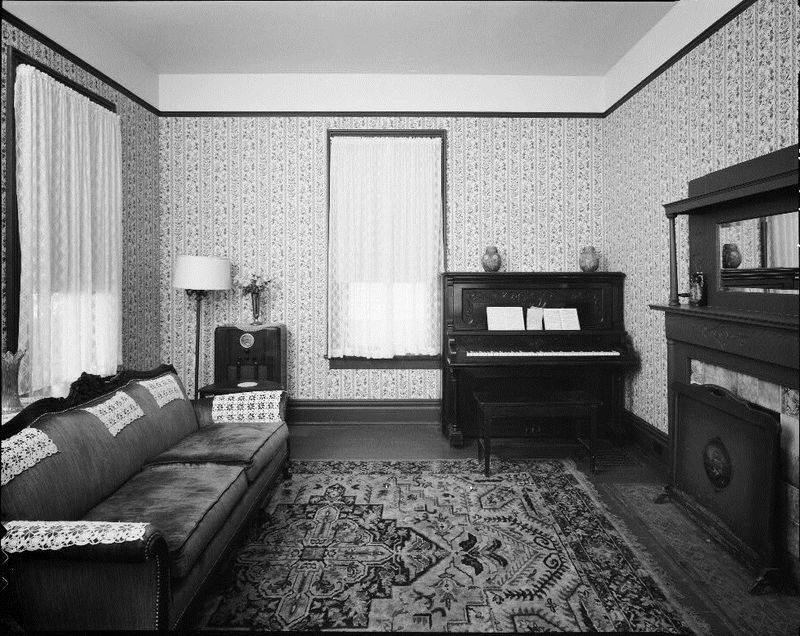
A two-story Victorian on Auburn Avenue nurtured the conscience of America. The formal dining room—with its heavy oak table—hosted King family discussions where young Martin absorbed the Baptist traditions that would later infuse his oratory.
The front porch swing offered views of Ebenezer Baptist Church where his father preached. Upstairs, the modest bedroom where he was born in 1929 contained a simple iron bed frame and handmade quilt. This middle-class Black neighborhood, known as “Sweet Auburn,” shaped his understanding of both dignity and discrimination.
15. Toni Morrison’s Hudson River Sanctuary
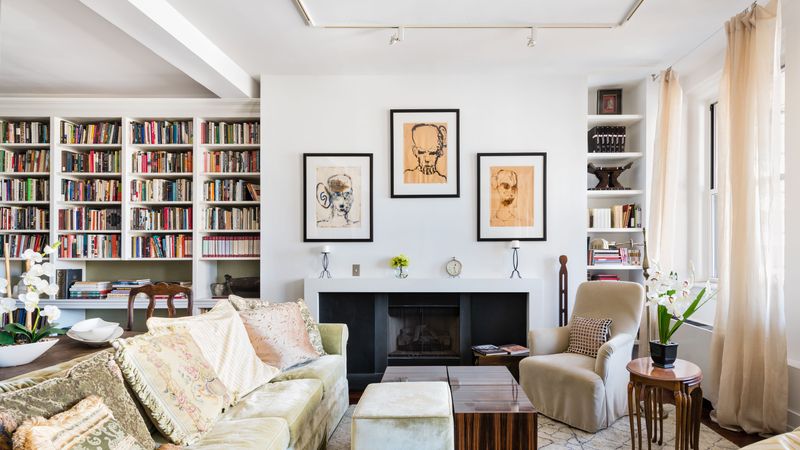
Converted boathouse windows framed the Hudson River’s timeless flow—a fitting metaphor for Morrison’s narrative genius. Her Nyack home’s waterfront perch provided isolation crucial for creating literary masterpieces like “Beloved” and “Song of Solomon.”
The writer’s desk faced the water—positioned to catch first light for her dawn writing ritual. Bookshelves overflowed with first editions from fellow luminaries. The river-stone fireplace warmed evening gatherings where students from her Princeton workshops received wisdom from America’s first Black female Nobel Laureate in Literature.

